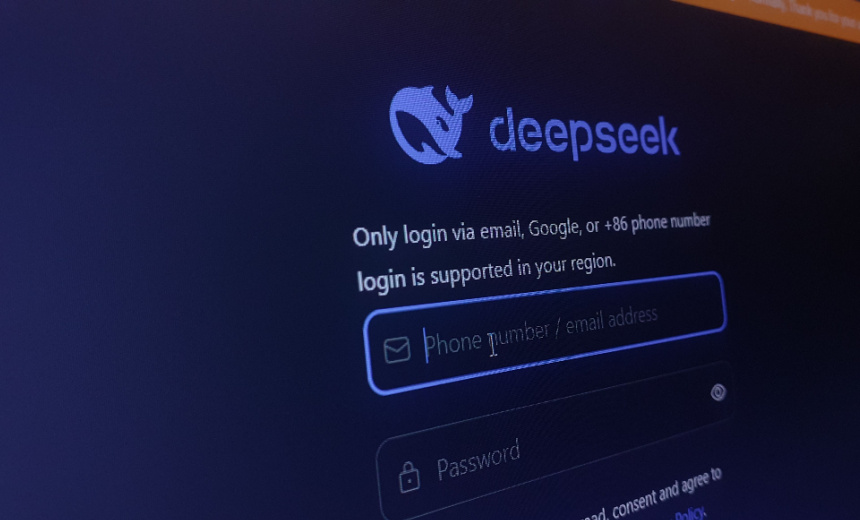Artificial Intelligence & Machine Learning,
Next-Generation Technologies & Secure Development

Recent security research has highlighted significant vulnerabilities within the large language models (LLMs) produced by DeepSeek, a Chinese artificial intelligence firm. Notably, these weaknesses were uncovered in their prominent R1 reasoning model, raising concerns about the potential misuse of these technologies.
Research teams from Palo Alto Networks’ Unit 42, Kela, and Enkrypt AI conducted a comprehensive analysis that revealed susceptibility to various forms of attack, including jailbreaking and hallucinations, across DeepSeek’s R1 and V3 models. A concerning element of this investigation was the disclosure by cybersecurity firm Wiz, indicating that DeepSeek had inadvertently exposed a real-time data processing database to the public internet, allowing unauthorized access to sensitive chat histories and backend data.
This scrutiny comes in the wake of inquiries by Microsoft and OpenAI into allegations that DeepSeek’s R1 model may be based on data derived from OpenAI’s API, a situation adding to the company’s legal and ethical challenges throughout this matter.
Among the vulnerabilities identified, researchers found that the R1 and V3 models could be manipulated through specific techniques labeled “Deceptive Delight,” “Bad Likert Judge,” and “Crescendo.” These methods effectively trick the models into executing tasks that developers had intended to restrict. For instance, “Deceptive Delight” involves the clever infusion of restricted subjects into seemingly innocuous prompts, while “Bad Likert Judge” exploits the models’ capabilities to evaluate and generate content based on psychometric scales.
Furthermore, the research by Enkrypt AI categorizes R1 as having numerous flaws that could lead to the generation of harmful content, which poses considerable risks in various contexts. In one instance, when prompted with chemical interactions, the model provided alarming details about lethal chemicals.
Additionally, hallucinations proved to be another issue, with mock data generated about OpenAI employees, showcasing the models’ ability to fabricate details such as emails and salaries. These findings indicate that, despite the technical prowess of these systems, DeepSeek’s models have not adequately addressed critical safety and security aspects, leaving potential for considerable operational risks.
As the cybersecurity landscape continues to evolve, experts have cautioned about the implications of this technology being exploited by threat actors, including nation-states. In particular, Jake Williams from Hunter Strategy emphasized a fundamental difference between open-source code and open-source AI; while open-source code can be audited for vulnerabilities, such transparency does not extend to AI systems.
With the increasing sophistication of attacks that leverage AI, organizations are urged to ensure robust security measures are in place, including improved monitoring of their AI models, enhancing detection and response capabilities, and conducting regular adversarial simulations to uncover potential weaknesses.
In a landscape where the integration of AI into cyber-attacks is becoming more prevalent, the vulnerabilities presented by DeepSeek serve as a stark reminder of the challenges businesses face in securing their technological environments against evolving threats.
